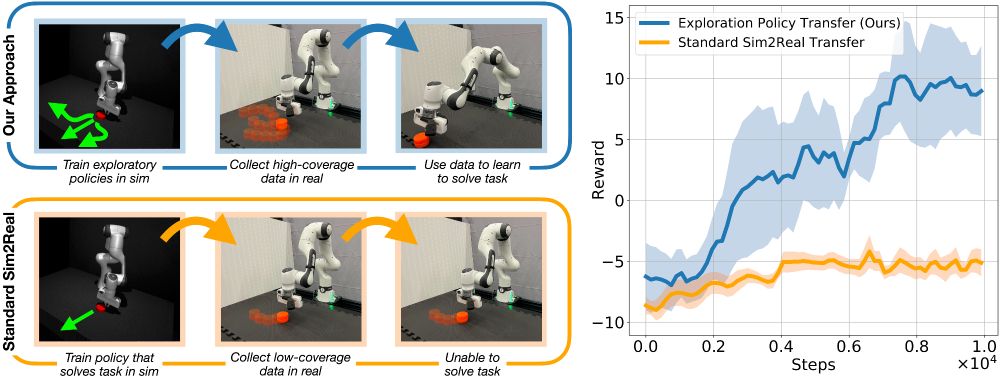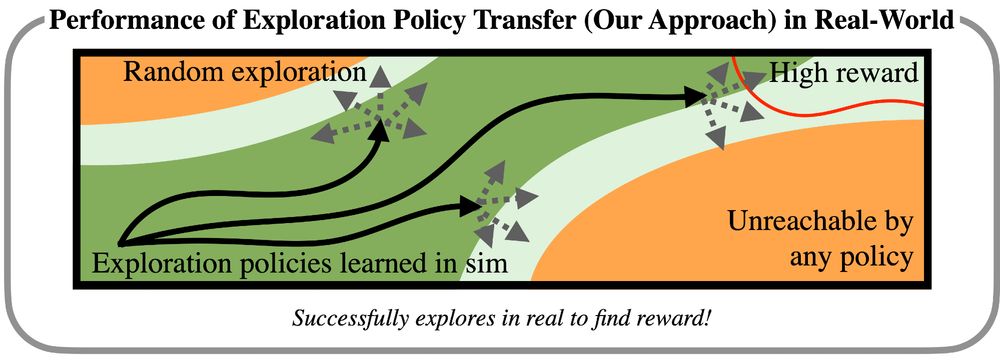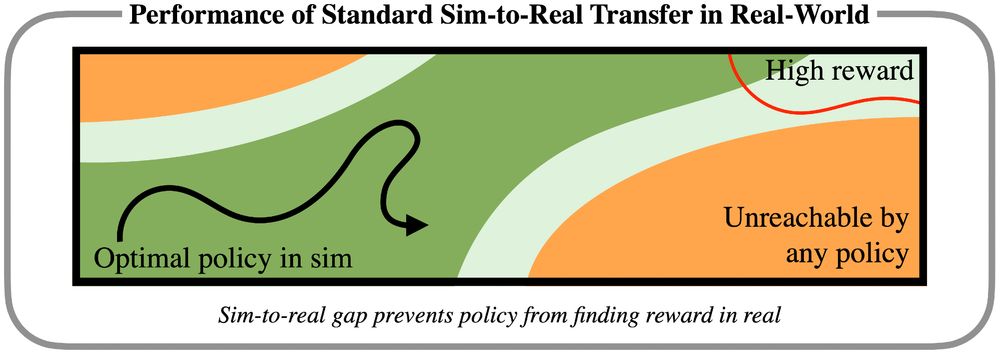Visiting Faculty, NVIDIA
Ph.D. from Berkeley, Postdoc MIT
https://homes.cs.washington.edu/~abhgupta
I like robots and reinforcement learning :)





Paper: arxiv.org/abs/2412.01770
Website: casher-robot-learning.github.io/CASHER/
Fun project w/ @marcelto.bsky.social , @arhanjain.bsky.social , Carrie Yuan, Macha V, @ankile.bsky.social, Anthony S, Pulkit Agrawal :)

Paper: arxiv.org/abs/2412.01770
Website: casher-robot-learning.github.io/CASHER/
Fun project w/ @marcelto.bsky.social , @arhanjain.bsky.social , Carrie Yuan, Macha V, @ankile.bsky.social, Anthony S, Pulkit Agrawal :)

